
-
Find the right food for your petTake this quiz to see which food may be the best for your furry friend.Find the right food for your petTake this quiz to see which food may be the best for your furry friend.Health CategoryFeatured products
 Hill's Science Diet Adult Healthy Mobility Large Breed Chicken Meal, Barley & Brown Rice Recipe Dog Food
Hill's Science Diet Adult Healthy Mobility Large Breed Chicken Meal, Barley & Brown Rice Recipe Dog FoodAdvanced nutrition shown to support joint health and improve mobility
Shop Now Adult Light Large Breed Chicken Meal & Barley Recipe Dog Food
Adult Light Large Breed Chicken Meal & Barley Recipe Dog FoodFewer calories for less active large breed dogs
Shop Now Adult Large Breed Chicken & Barley Recipe Dog Food
Adult Large Breed Chicken & Barley Recipe Dog FoodSupports healthy joints, lean muscle, and beautiful coat for large breed dogs
Shop NowFeatured products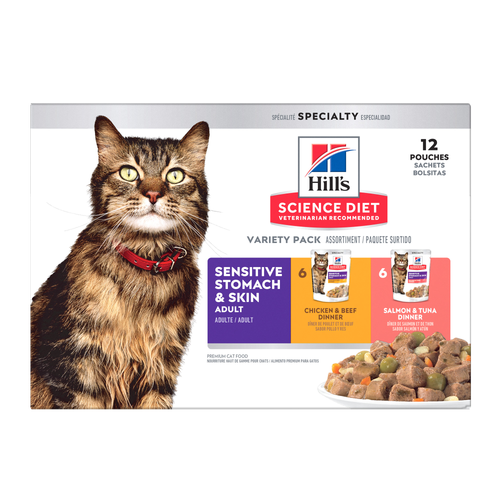 Adult Sensitive Stomach & Skin Pouch Variety 12 Pack Cat Food, Chicken & Beef, Salmon & Tuna
Adult Sensitive Stomach & Skin Pouch Variety 12 Pack Cat Food, Chicken & Beef, Salmon & TunaCarefully made, gourmet daily nutrition. Tasty chunks with Salmon & Tuna in a decadent gravy. Supports digestive health, nourishes skin and promotes a lustrous fur.
Shop Now Adult Perfect Digestion Chicken, Barley & Whole Oats Recipe Cat Food
Adult Perfect Digestion Chicken, Barley & Whole Oats Recipe Cat FoodHill's Science Diet's breakthrough nutrition supports ultimate digestive well-being & healthy microbiome
Shop Now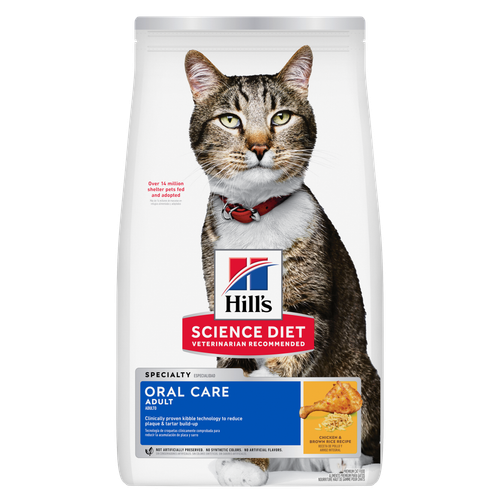 Adult Oral Care Chicken & Brown Rice Recipe Cat Food
Adult Oral Care Chicken & Brown Rice Recipe Cat FoodClinically proven kibble technology to reduce plaque & tartar build-up
Shop Now -
DogCat
- Cat Tips & Articles
-
Health Category
- Weight
- Skin & Food Sensitivities
- Urinary
- Digestive
- Kidney
- Dental
- Serious Illness
-
Life Stage
- Kitten Nutrition
- Adult Nutrition
Featured articles Adopting a Pet: What You Need to Know
Adopting a Pet: What You Need to KnowLearn the basics of adopting a pet, including where to begin and common questions you should ask yourself when deciding which kind of pet is best for you.
Read More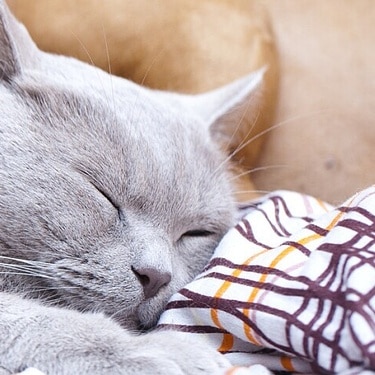 Cat vs. Dog: Which Is the Best Pet for Me?
Cat vs. Dog: Which Is the Best Pet for Me?Learn about important differences between dogs and cats, such as cost & space considerations. These factors can help you decide which pet is best for you.
Read More Fun Ideas for Kids and Pets This Summer
Fun Ideas for Kids and Pets This SummerOutdoor summer activities with your dog or cat can be fun for kids, too. Learn how they also teach kids responsibility & creates a bond with their pet.
Read More -


Most cats are not particularly happy travelers - they are usually bonded strongly to their own territory and feel very vulnerable off home ground. The rewards of staying with the family 'pack' or the potential of exploring or walking somewhere new at the end of the journey do not excite the average feline in the same way as its canine cousins.
If you wish to take your cat on a train/car or air journey you will have to ensure it is safely and comfortably secure in an appropriate carrier and is kept confined at the end of the journey, at least until it has become bonded to the new territory. Of course you get the occasional cat that travels frequently with its owner and does not panic or run off in a new environment, however, these are few and far between.
Traveling by car
It can be very dangerous to have a cat loose in the car - not only could it cause an accident by becoming entangled with the driver, but if a window or door was opened or an accident occurred, the cat could escape and become lost.
You will need to invest in a carrier that is strong and easy to clean should the cat urinate, defecate or become sick during the journey. Also consider the weather you will be traveling in - both your present situation and the likely temperature of your destination. If it is likely to be very hot then use a carrier which allows good air flow - if it is going to be cold then one which can provide draft-free warmth while still allowing a good air flow would be useful. Place the carrier where it will be secure if you have to brake suddenly but where it has a good air flow - i.e. not underneath lots of other luggage in the back of the car. Do not put the cat in the trunk and take care with the rear of hatchbacks - ventilation may be poor and the cat may overheat. You can secure the carrier behind one of the front seats or use the seat belt to make sure it is held securely on the seat.
What's all that noise about?
The cat may meow initially or even throughout the whole journey - speak calmly and reassuringly to it but resist letting it out of its carrier. The noise will probably drive you mad but the cat is unlikely to be suffering; just voicing its dislike of the situation! Eventually the constant motion and noise of the car will probably induce it to sleep or at least to settle down. Check the cat regularly, especially if the weather is hot - don't underestimate how rapidly the temperature inside a car can rise - bear this in mind if you stop for a refreshment break and leave the cat in the car. Put the car in the shade and leave windows open - if it is very hot take a picnic and eat it nearby with the cat secure in its carrier outside the car or with all the doors open. Heat-stroke can be a killer.
Traveling by train
Obviously if you are traveling by train you will need a very secure carrier which the cat cannot possibly escape from, but one which is also light enough to carry. You may want one with a solid base in case the cat urinates so that it does not soil the railway carriage. Line it with absorbent paper and material and take spare bedding too. You will probably be able to keep the cat in its carrier on your lap depending on the type of train and the space available.


Tasty Tips
Traveling by air
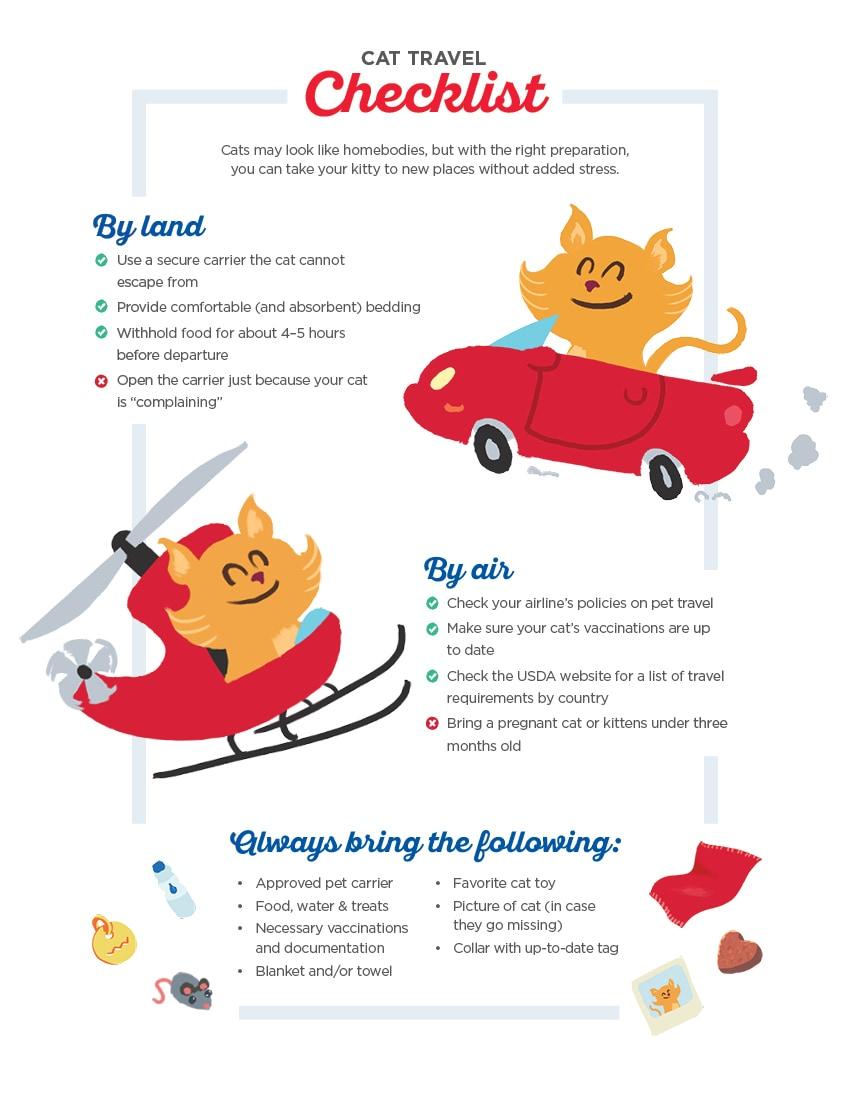
If you intend to travel by plane with your cat then you need to plan well ahead. You may have a choice of airlines and how they can transport your cat may influence your choice. Most airlines do not allow cats to travel with their owners and have to travel in a special part of the hold that is heated and pressurized.
Most cats do travel well but it is not recommended to send a pregnant cat or kittens under three months old. Also note that not all flights are licensed to carry animals so the cat may have to travel on a different flight to you.
Arriving at your destination
When you arrive, place the cat in one room and make sure it is secure, comfortable and cannot escape. Offer water and a little food although it may not be interested in eating until it settles in a little more. Withhold food for about 12 hours so that the cat is hungry and comes back to you for food when you call. Gradually let it explore further and use food to ensure it does not go too far and returns for regular meals.
Using a carrier
For cats the production of a carrier usually means a trip to the veterinarian so they are often not too keen to get into it! Take time to let the cat become accustomed to the carrier or travel crate well before the journey.
Make it a pleasant place to be - feed the cat treats inside it and make a cozy bed of familiar smelling bedding which can be used on the journey. Leave the door open and encourage the cat to go in and out and to sleep in it. Then, when it comes to the actual journey, the cat is at least familiar with its immediate environment.
If you have more than one cat it is better to give them separate carriers which allows better flow through of air, more room and less chance of overheating. Even the best of friends may become stressed during a journey and behave in an uncharacteristic, agitated way with each other; separate carriers will prevent any injury. If they can at least see and hear each other they may be comforted by that.
Withhold food for about four to five hours before the journey in case the cat is sick while traveling. Offer water up to the time you leave and again during the journey if possible. You can buy bowls which attach to cages so they are not spilled by the cat during the journey and are easy to fill without opening the cage should there be a delay during the journey.


One of our staff authors prepared this article for you
Related products

Delicious tender chicken and rice in a mouthwatering sauce with precisely balanced nutrition to support 5 essential building blocks for lifelong health

Clinically proven kibble technology to reduce plaque & tartar build-up

Carefully made, gourmet daily nutrition. Tasty chunks with Salmon & Tuna in a decadent gravy. Supports digestive health, nourishes skin and promotes a lustrous fur.

Hill's Science Diet's breakthrough nutrition supports ultimate digestive well-being & healthy microbiome
Related articles
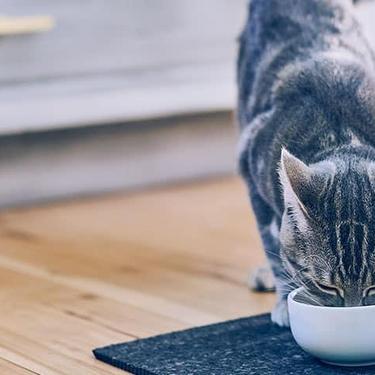
Understand the symptoms of a chronic upset stomach in your cat, and learn how to help sooth their discomfort.
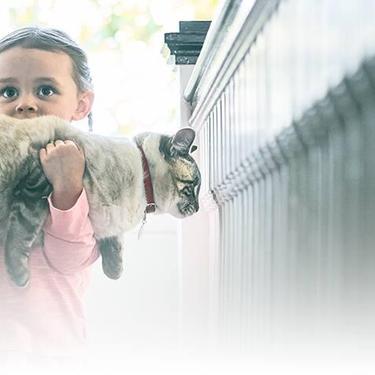
Provide the best possible treatment for cats with sensitive skin by spotting the signs, knowing the causes, and understanding the remedies. Learn more now.
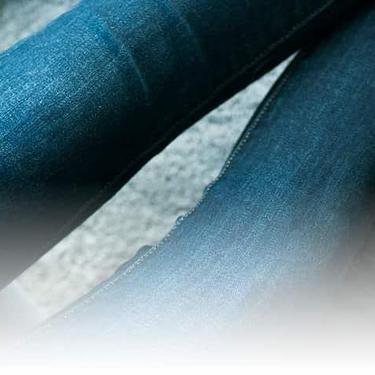
Get helpful information on proper feline oral healthcare and why it's so vital to take care of your cat's teeth.
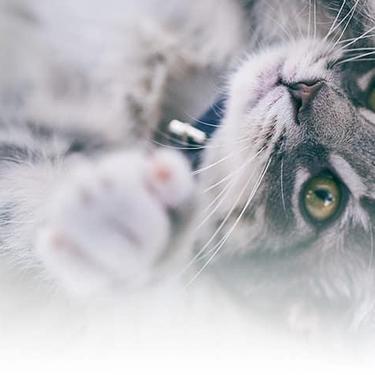
Obesity affects more than 30 percent of cats in America. Learn how you can properly feed and exercise your cat to improve its weight management.

Put your cat on a diet without them knowing
Our low calorie formula helps you control your cat's weight. It's packed with high-quality protein for building lean muscles, and made with purposeful ingredients for a flavorful, nutritious meal. Clinically proven antioxidants, Vitamin C+E, help promote a healthy immune system.
Put your cat on a diet without them knowing
Our low calorie formula helps you control your cat's weight. It's packed with high-quality protein for building lean muscles, and made with purposeful ingredients for a flavorful, nutritious meal. Clinically proven antioxidants, Vitamin C+E, help promote a healthy immune system.

